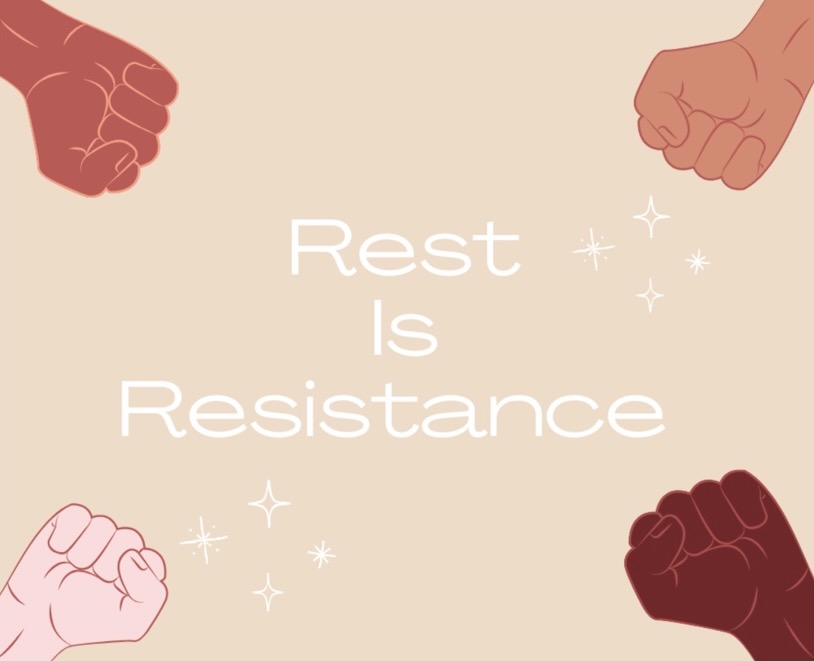There may be a sentiment that exists on progressive college campuses such as Sonoma State University that as the importance of mental health has risen in public awareness, its significance has also been undermined as a trend or punchline of a joke. But criticism of the “trendiness” of mental illness overlooks the epidemic of mental illness among American youth.
Mental illness is a complicated and multidimensional topic. There is no promise that those suffering from the same diagnosis can address their mental health struggles in the same way and expect positive results. And while college campuses may have a history as culturally progressive spaces, one may still consider mental illness a relatively new topic, and a topic constantly subject to new information gathered from emerging research. No one whose work does not directly concern the treatment of mental illness should be expected to grasp the complexity that describes mental illness, as limited and subject to change as the modern understanding of it may be. One may find it unreasonable, then, that some may maneuver themselves into a position of authority on this topic. From this position they may criticise the misunderstandings of others but may not themselves contribute meaningful dialogue to the conversation surrounding mental illness.
In any regard, the suggestion that mental illness has become a “trend,” or a joke is mostly anecdotal. One may point towards isolated incidents in an attempt to evidence this point but may struggle to find empirical evidence to defend this idea. The epidemics of depression, anxiety, and suicide among college students, however, are prevalent and easily evidenced. Over 20 percent of surveyed college students dealt with issues “strongly associated with mental health problems, including harming themselves and suicidal thoughts or attempts” according to CBS News. The rates for depression and anxiety among college students have also significantly increased in the previous 10 years.
Mental illness is an irrefutable problem, but many may question the capacity of academic institutions to alleviate this problem, given its increasing severity. While many colleges, including Sonoma State, offer mental health resources for students suffering from illness, the issue of mental illness persists. One could attribute this failure to the limitations placed on the extent of such resources, but one may also consider that a large factor in the pervasiveness of mental illness is the culture on and around college campuses. When asked, most would support any effort to remove the stigma surrounding mental illness, but the simple willingness to address this stigma means little when less is actually done to combat it. Nobody would announce themselves as an opponent to the mentally ill, which is a sentiment not particularly difficult to observe in recent history. But many are unwilling to engage in nuanced conversations about mental illness.
Again, mental health is a significantly complex subject, so neither should any person portray themselves as a progressive expert on the subject without authority. It should be expected that when we begin to move into unexplored territory we will make mistakes, and when we participate in public discourse those mistakes will be made public. In the pursuit of a healthier and more nuanced public understanding of mental illness, we should be more tolerant of the misunderstandings and follies of others. If we perceive ourselves as having a serious conversation without conflict or missteps, then we’re probably not truly having that conversation at all.


































